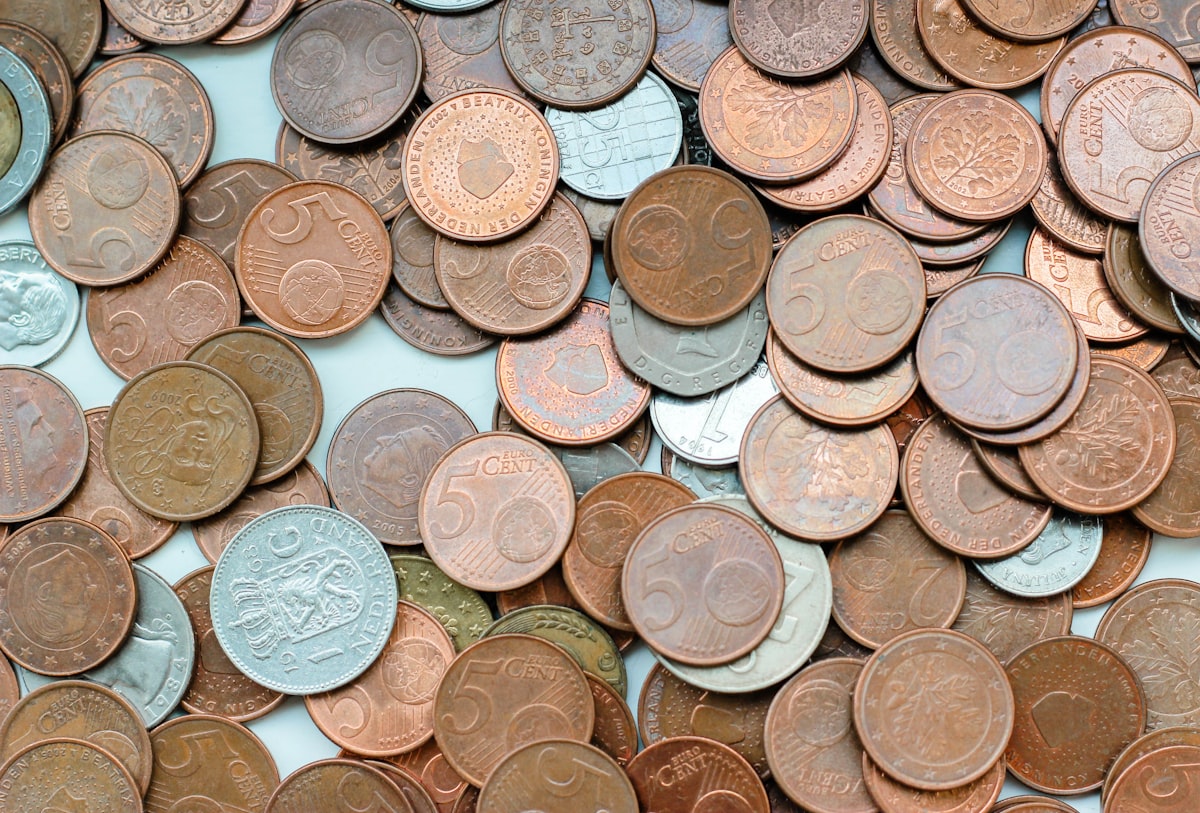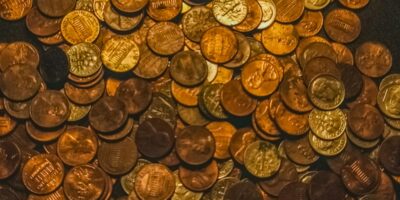The 1930 Penny: Value, History, and Collectibility
Coins are small historical artifacts that tell us a lot about their time. The 1930 penny, minted in the United States, is a fascinating piece. We explore its background, value today, and factors affecting its price in the collectors’ market. Understanding these elements offers insights into numismatics.
Background of the 1930 Penny

The 1930 penny is part of the Lincoln Wheat Cent series. This series began in 1909, replacing the Indian Head cent. Its design was meant to commemorate the 100th anniversary of Abraham Lincoln’s birth. Victor D. Brenner designed the coin, featuring Lincoln’s profile on the obverse. The reverse shows two stalks of wheat, symbolizing abundance. The 1930 penny continued this tradition.
In 1930, the U.S. Mint produced pennies at three locations: Philadelphia, Denver, and San Francisco. Each mint’s coins bore no mint mark or a letter indicating its origin: D for Denver and S for San Francisco. Mintage numbers can affect coin rarity and value, making these distinctions crucial for collectors.
Mintages and Rarity
Philadelphia struck over 157 million pennies in 1930, the most among the three mints. Denver minted around 40 million, while San Francisco produced just over 24 million. The high mintage of Philadelphia pennies means they are relatively common. In contrast, coins from Denver and San Francisco are more desirable due to lower numbers.
Rarity plays a significant role in determining a coin’s value. While none of the 1930 pennies are considered rare today, the lower mintage of the D and S mint coins can make them more appealing to collectors. Condition and historical interest further influence the penny’s market worth.
Condition and Grading
The condition of a coin is paramount in assessing its value. Collectors typically rely on a standardized grading system to evaluate a coin’s state, ranging from Poor (P-1) to Mint State (MS-70). A higher grade indicates a better-preserved coin, often leading to increased value.
A 1930 penny in Good (G-4) condition might show wear but retains major features. Very Fine (VF-20) coins have more detail and less wear. An Extremely Fine (EF-40) coin shows minor wear only, and About Uncirculated (AU-50) retains most of its original luster. Mint State pennies, though rare, exhibit no wear and demand a premium.
Checking Your 1930 Penny
- Obverse features: Look for clear details in Lincoln’s face and hair. Wear often affects these areas first.
- Reverse design: Check the wheat stalks for detail. Loss of detail can occur here and can reduce a coin’s grade.
- Mint mark position: If present, the mint mark is below the date. Especially for Denver and San Francisco coins.
Assessing the coin in person or through trusted images ensures accuracy. Professional grading services help in establishing authenticity and exact grade.
Market Value
The value of a 1930 penny varies widely based on its mint mark and condition. A typical Philadelphia-minted penny in Good condition might fetch only a few cents above face value. However, well-preserved examples can reach upwards of $10 or more.
Denver and San Francisco pennies often attract higher prices. A mid-range VF-20 can sell for several dollars, while an almost uncirculated or mint state can command significantly more. Auction results and dealer listings often reflect these variations, offering a snapshot of current market trends.
Factors Impacting Value
- Demand: Collector interest can drive up prices. Famous coins often see fluctuating demand.
- Condition: As stated, a higher-grade equates to a higher value.
- Mintage: Lower mintages generally increase desirability.
- Historical significance: A piece from a notable period or event may hold added interest.
Investors watch these trends closely. Knowledge on these fronts benefits anyone with an interest in coin collecting.
Collecting 1930 Pennies
Many collectors focus on building full sets of Lincoln Wheat cents, and the 1930 penny holds its place in this endeavor. Novices and seasoned collectors alike chase after coins in better conditions or seek to fill gaps in their collections. Whether driven by investment, history, or personal curiosity, the hobby provides rich avenues of exploration.
Maintaining a collection requires careful storage. Coins should be handled minimally to preserve condition. Acid-free holders and controlled environments help to protect from environmental damage.
Enjoying Coin Collecting
Collectors often find joy in the hunt for specific pieces and the stories coins tell. Joining numismatics clubs, participating in forums, and visiting exhibitions expand knowledge and connections with fellow enthusiasts. Sharing finds and information enhances the experience, fostering community and learning.
Recommended Collecting Supplies
Coin Collection Book Holder Album – $9.99
312 pockets for coins of all sizes.
20x Magnifier Jewelry Loupe – $13.99
Essential tool for examining coins and stamps.
As an Amazon Associate, we earn from qualifying purchases.




Subscribe for Updates
Get the latest articles delivered to your inbox.
We respect your privacy. Unsubscribe anytime.